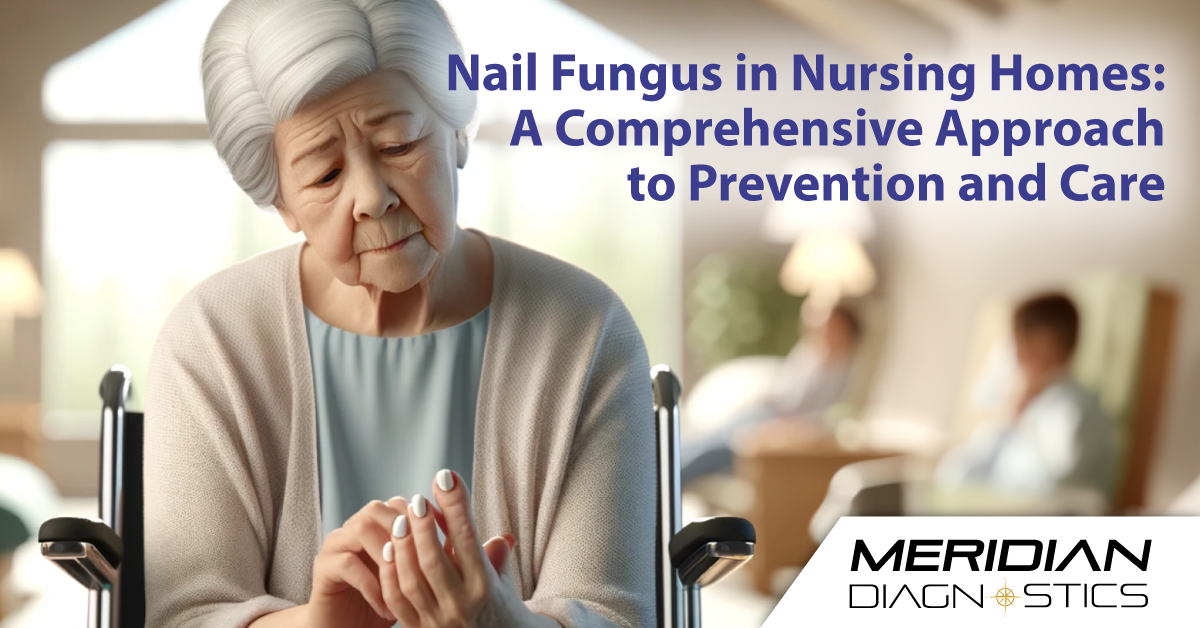Nail Fungus in Nursing Homes: A Comprehensive Approach to Prevention and Care

Nail fungus, a common and often persistent condition, poses a significant challenge in nursing homes and assisted living facilities. This post explores how this seemingly benign issue can become a widespread problem in such settings, impacting the health and quality of life of residents.
Nail fungus, or onychomycosis, is caused by various fungal organisms, the most common being dermatophytes. It usually begins as a white or yellow spot under the tip of the fingernail or toenail. As the fungal infection goes deeper, it can cause the nail to discolor, thicken, and develop crumbling edges—an unsightly and potentially painful problem.
The spread of nail fungus in nursing homes and assisted living facilities is primarily due to the communal living environment. Shared spaces like bathrooms, showers, and common areas are hotspots for the spread of fungi. The fungus thrives in warm, moist environments, making these communal areas ideal for its proliferation. Additionally, the use of shared grooming tools or foot baths can facilitate the transfer of fungal organisms from one individual to another.
Another contributing factor is the age and health status of residents. Older adults, particularly those with diabetes, circulation problems, or weakened immune systems, are more susceptible to fungal infections. Moreover, reduced mobility can lead to less thorough personal hygiene routines, inadvertently increasing the risk of infection.
Prevention strategies are crucial in these facilities. Regular cleaning and disinfection of communal areas and personal grooming tools are essential. Encouraging good personal hygiene among residents, like keeping feet clean and dry and avoiding walking barefoot in shared spaces, can significantly reduce the risk of fungal spread. Where possible, personalized grooming tools for residents should be used.
It’s also important for staff to recognize early signs of nail fungus and arrange for prompt medical attention. Timely treatment can prevent the spread of the fungus to other residents and mitigate the severity of the infection.
In conclusion, the spread of nail fungus in nursing homes and assisted living facilities is a multifaceted issue, involving environmental factors and the specific health and lifestyle characteristics of the residents. Addressing it requires a combination of good hygiene practices, regular facility maintenance, and vigilant healthcare.

